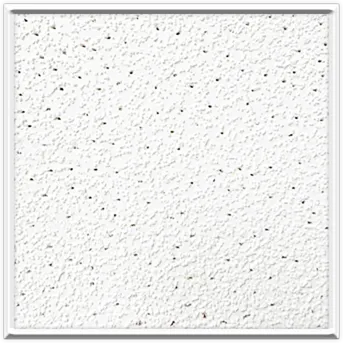10 月 . 06, 2024 18:50 Back to list
difference between gypsum and pvc ceiling
The Difference Between Gypsum and PVC Ceilings
When it comes to choosing the right ceiling material for your home or office, two popular options that often come up are gypsum and PVC (polyvinyl chloride) ceilings. Each of these materials has distinct characteristics, advantages, and disadvantages that make them suitable for different applications. Below, we will explore the differences between gypsum and PVC ceilings, which can help you make an informed decision.
Composition and Structure
Gypsum ceilings are made from a mineral called gypsum, which is a soft sulfate mineral composed of calcium sulfate dihydrate. These ceilings are typically formed into boards or tiles and are known for their fire-resistant properties. They are often used in drywall applications and can provide a smooth finish when painted.
On the other hand, PVC ceilings are made from a lightweight plastic material. They are produced in various designs, colors, and textures, and are often manufactured in panels that interlock easily for installation. The plastic nature of PVC gives it high moisture resistance, making it ideal for areas prone to humidity, such as bathrooms and kitchens.
Aesthetic Appeal
Aesthetically, gypsum ceilings offer a classic and elegant look. They can be painted and customized to fit various interior designs. Furthermore, their ability to be molded allows for intricate ceiling designs and decorative elements that can enhance the overall ambiance of a space.
PVC ceilings, however, come with the advantage of a wide range of styles and finishes. They often mimic the appearance of wood, stone, or other materials, providing a versatile aesthetic appeal. Moreover, because of their glossy surface, PVC ceilings can reflect light beautifully, creating a brighter ambiance in a room.
difference between gypsum and pvc ceiling

Durability and Maintenance
In terms of durability, gypsum ceilings can sag over time, particularly in areas with high humidity or if not installed correctly. They are susceptible to water damage, which can lead to mold growth if moisture seeps into the material. Consequently, maintenance can involve repainting or repairing sections if the ceiling gets damaged.
PVC ceilings, in contrast, are highly durable and resistant to moisture, mold, and mildew. They do not sag and can withstand more variations in temperature and humidity. Maintenance is minimal; a simple wipe with a damp cloth is usually enough to keep them looking fresh and clean.
Installation Process
Installation of gypsum ceilings generally requires more labor and expertise, as they must be securely mounted and sometimes require additional framing. This can result in a longer installation time and additional costs for professional services.
PVC ceilings are usually easier and quicker to install due to their lightweight nature and interlocking design. Homeowners often find that they can install PVC ceilings themselves, saving on time and labor costs.
Conclusion
In conclusion, the choice between gypsum and PVC ceilings depends on your specific needs and preferences. If you are looking for a classic aesthetic and are willing to invest time and effort into maintenance, gypsum ceilings might be the right choice for you. However, if you prefer a more modern look, easy installation, and low maintenance, PVC ceilings are an excellent option. Ultimately, assessing the environment and usage of the space in question will guide your decision in selecting the most suitable ceiling material.
-
Revolutionizing Interior Design with Ceilings t grid Suspended SystemNewsOct.29,2024
-
Revolutionizing Ceiling Design with ceiling access panel with Gypsum Tile WaterproofNewsOct.29,2024
-
Revolutionizing Interior Design with PVC Gypsum Ceiling: A Comprehensive GuideNewsOct.29,2024
-
Elevating Interior Design with High quality Mineral Fiber Ceiling TilesNewsOct.29,2024
-
Revolutionizing Interior Design with PVC Gypsum Ceiling: A Comprehensive GuideNewsOct.29,2024
-
Elevating Interior Design with High-Quality Mineral Fiber Ceiling Tiles: A Comprehensive GuideNewsOct.29,2024







